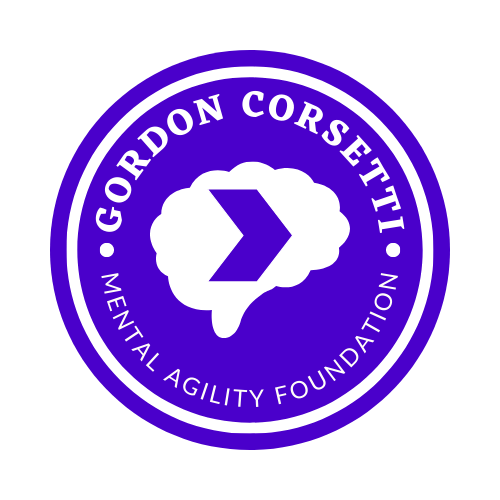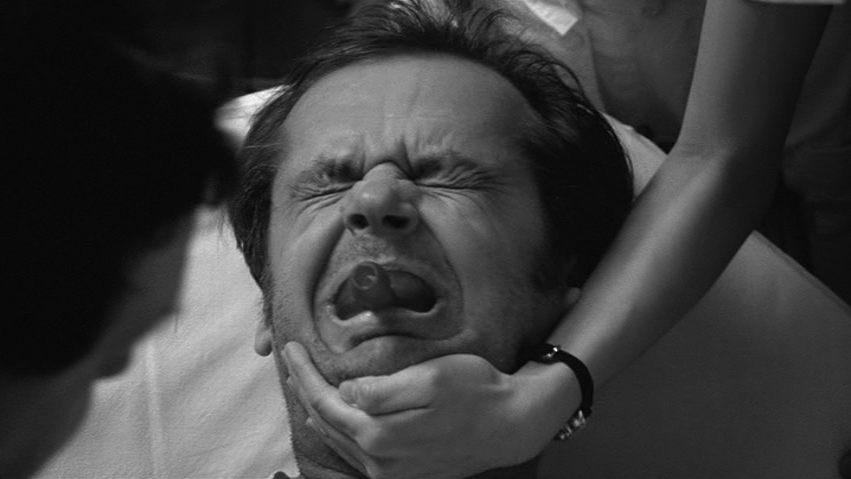Neurostimulation
/ECT was first used in 1938 when an Italian psychiatrist, Ugo Cerletti, observed pigs in a Rome slaughterhouse being anesthetized with electroshock before being butchered. His first human patient begged Cerletti, “Non una seconda! Mortifierel” (“Not another one! It will kill me!”).
When people think about electroconvulsive therapy, an image of someone strapped to a table with electrodes on their temples comes to mind. Just like the image on the left of Jack Nicholson’s character, Randle Patrick McMurphy, from One Flew Over the Cuckoo’s Nest. But really, the image on the right more accurately shows what neurostimulation is today.
Nicholson
Corsetti
Wait, what’s the difference between neurostimulation, electroconvulsive therapy, and electroshock therapy? Mainly, the words used.
Electroconvulsive therapy (ECT), formerly known as electroshock therapy, and often referred to as shock treatment, is a psychiatric treatment in which seizures are electrically induced in patients to provide relief from mental disorders.[1] The ECT procedure was first conducted in 1938[2] and is the only currently used form of shock therapy in psychiatry. ECT is often used with informed consent[3] as a last line of intervention for major depressive disorder, mania, and catatonia.[4]
https://en.wikipedia.org/wiki/Electroconvulsive_therapy
I kind of like the term electroshock therapy. Makes me feel like more of a badass strapping my electrodes on in the morning. But, it sounds scary so electroconvulsive therapy became the term du jour.
Now we’re onto neurostimulation, which, to be fair, covers more than running an electric current through a patient’s brain.
Neurostimulation is the purposeful modulation of the nervous system's activity using invasive (e.g. microelectrodes) or non-invasive means (e.g. transcranial magnetic stimulation or transcranial electric stimulation, tES, such as tDCS or transcranial alternating current stimulation, tACS). Neurostimulation usually refers to the electromagnetic approaches to neuromodulation.
https://en.wikipedia.org/wiki/Neurostimulation
Make no mistake, I am shocking my brain with electricity. Not with 180-460 volts, but with 0.5-2.0 milliamps. That’s 0.00000434782% the maximal voltage for ECT. Prevention, as it turns out, is often less severe than the cure.
And ECT isn’t necessarily a cure! We still don’t know exactly why creating a strong electric field inside a person’s skull helps with certain mental illnesses. We know it sometimes works for some people where medications and other therapies have fallen short. Why exactly, we’re still trying to figure out.
I’m always looking for new tools to add to my toolkit. Personal neurostimulation is great for me when I’m traveling, new environments are scary, or when I feel my meds aren’t quite cutting it for my anxiety symptoms.
Like any tool, it’s not a panacea, but when used in conjunction with my other tools, the whole is greater than the sum of its parts.






